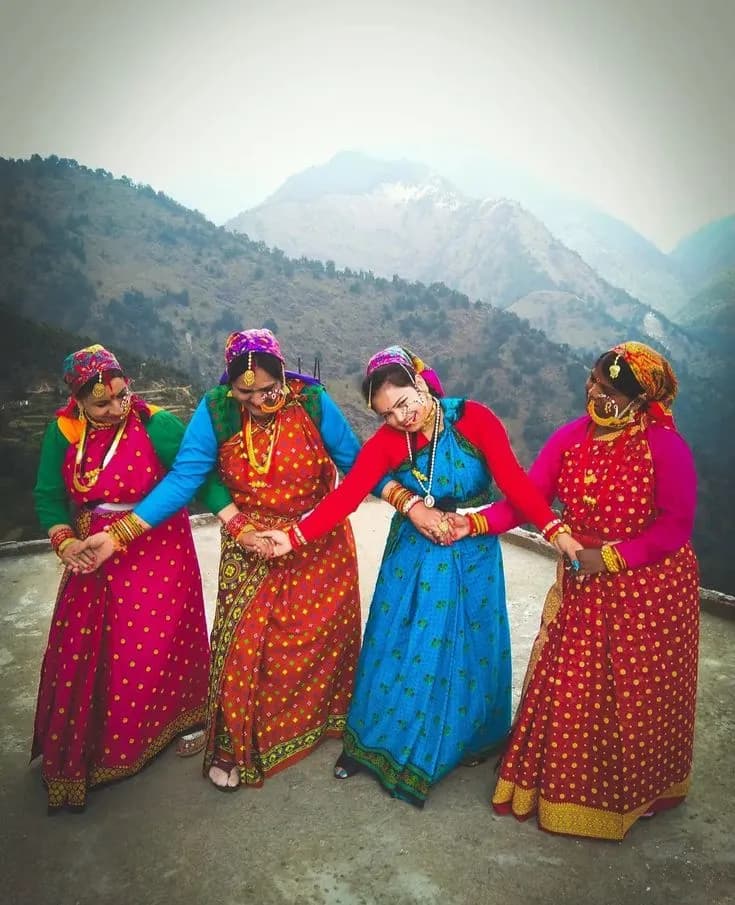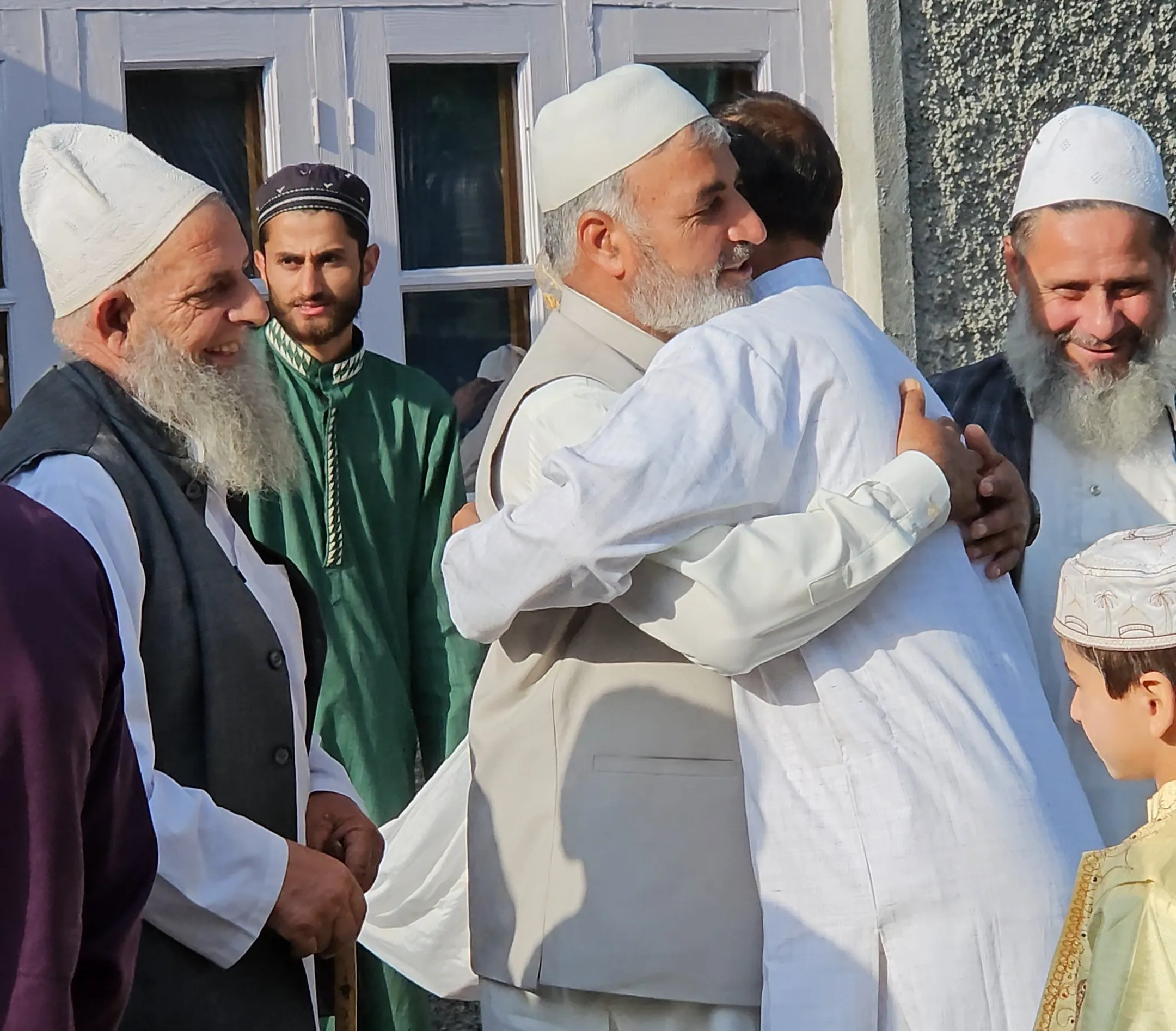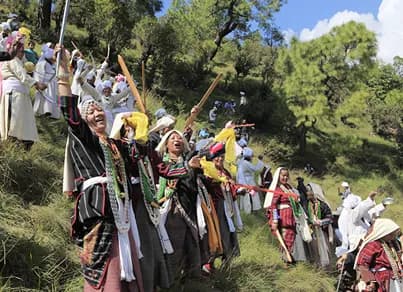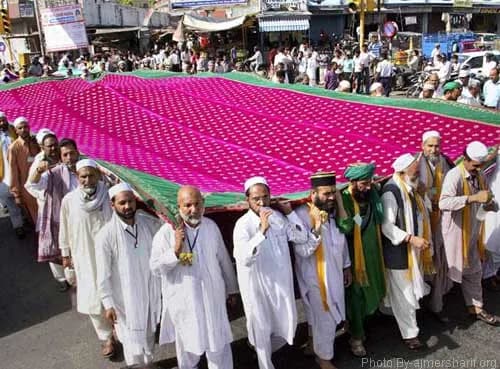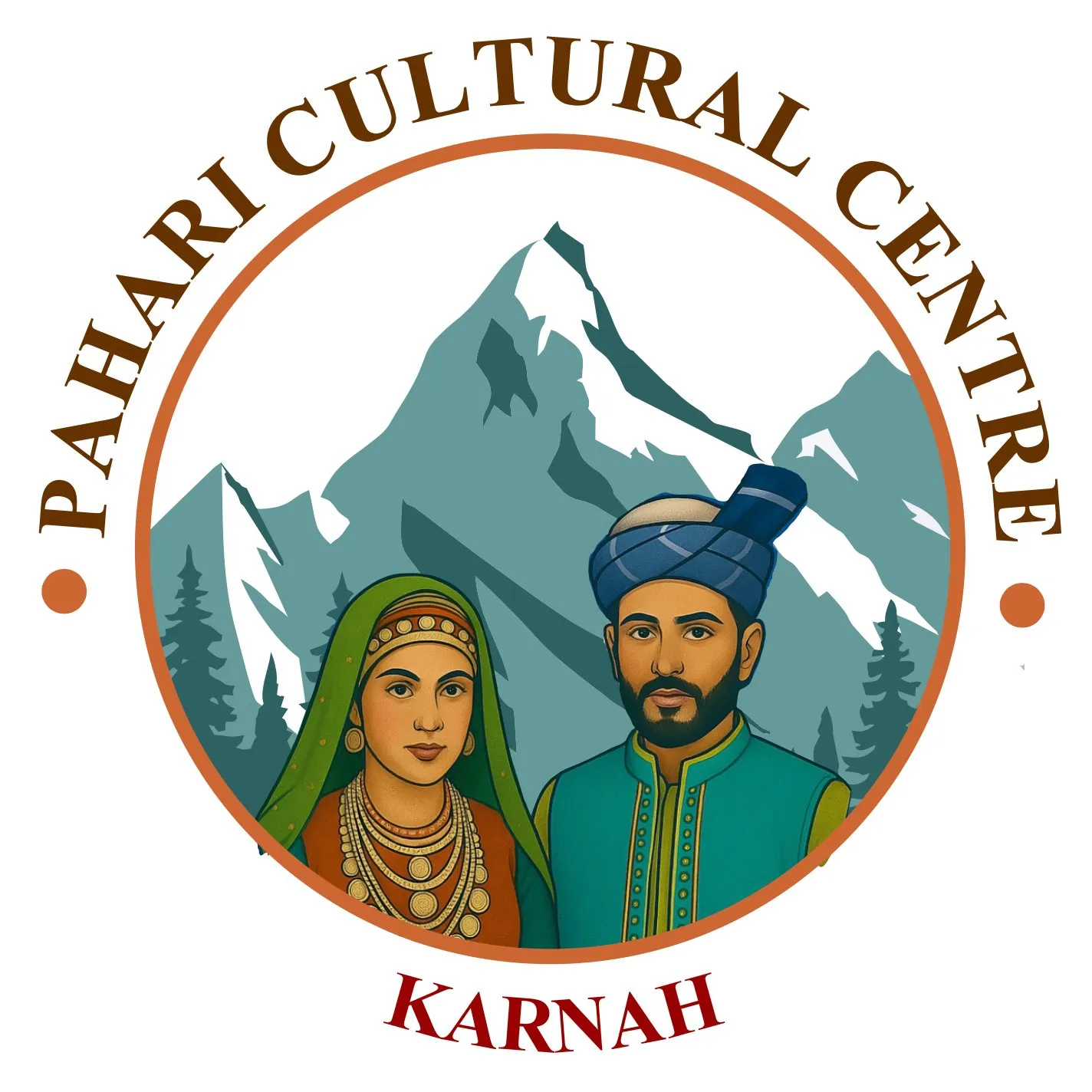Faith & Festivals of the Paharis
Religion, Rituals and Belief in Pahari Culture
The religious evolution of the Paharis, the mountain-dwelling peoples of the Himalayas spanning regions in northern India, Nepal and Jammu and Kashmir, reflects a dynamic interplay of indigenous beliefs, external influences and socio-political changes over millennia.
In ancient times, before written records, the Paharis likely practiced forms of animism, a belief system common among early human societies, especially hunter-gatherers and pastoralists in mountainous regions. This is inferred from archaeological evidence of symbolic behaviour in the Upper Palaeolithic (c. 50,000–10,000 BCE) across Eurasia, such as cave art and burial practices, which suggest a reverence for natural forces and spirits. For the Paharis, living in the rugged Himalayan terrain, this likely involved venerating mountains, rivers, forests and animals as sacred entities.
The arrival of Indo-Aryan peoples in the Indian subcontinent around 1500 BCE, as part of a broader migration from Central Asia marked a significant shift for the Paharis. The Khas, an Indo-Aryan group, became prominent in the western Himalayas, bringing Vedic religion a polytheistic system centred on deities like Indra (war and thunder), Agni (fire) and Varuna (cosmic order). The Paharis, particularly in regions like Himachal Pradesh and Uttarakhand, likely adopted these practices, blending them with their animistic traditions. For instance, local mountain spirits might have been equated with Vedic deities, creating a syncretic faith.
By the first millennium BCE, the Himalayan region saw the spread of Hinduism and Buddhism, reshaping Pahari religious life. Hinduism, evolving from Vedic roots, introduced a pantheon of gods (e.g., Shiva, Vishnu and Devi) and concepts like dharma (duty), karma (action) and samsara (reincarnation). With the spread of Shaivism and Vaishnavism from the plains, many Pahari groups adopted Hindu customs and deities. In India, Pahari communities in Himachal Pradesh, Uttarakhand and Jammu and Kashmir embraced Hinduism, often with a regional essence.
The medieval era saw the gradual Islamization of Pahari tribe, influenced by Sufi saints. Historical texts, including the Tawarikh-i-Firuz Shahi, note the conversion of pastoral tribes, while Kashmir's Sultanate chronicles reference Gujjars and Paharis integrating into Islamic frameworks. Sufi shrines and syncretic rituals, such as veneration of peer babas (saintly figures), remain integral to Pahari Muslim religiosity.
Major Religion
Hindus
Primarily comprising Brahmins, Kshatriyas, Vaishyas and Shudras
Muslims
Including Syeds, Rajputs (subdivided into Thakyal, Perozal, Chibs, Maliks, etc.), Kashmiris (Khawaja, Bhat, Wani) and Sheikhs
Sikhs
With clans such as Sudan, Sassan, Bakshi and Raina
The Pahari community is divided into three major religious groups
By maintaining their unique cultural identity while coexisting with various other communities, the Paharis contribute to the rich cultural mosaic that strengthens national unity. The Pahari community's secular nature, encompassing various religious affiliations, serves as a microcosm of India's broader commitment to secularism. Their ability to maintain social harmony amidst religious diversity reinforces the principles of tolerance and unity, which are foundational to national integration, the Pahari community's distinct cultural identity, advocacy for social recognition and embodiment of secular values have significantly contributed to India's national integration. Their journey underscores the importance of acknowledging and integrating diverse communities to strengthen the nation's unity and integrity.
Pahari religiosity is deeply entwined with animistic practices and folk spirituality, transcending formal religious boundaries. Many Paharis, regardless of faith, attribute mental distress or gynaecological ailments to possession by churails (female spirits) or dains (witches). Victims, often women, exhibit trance-like states, prompting families to seek exorcisms by pirs (Muslim mystics) or jogis (Hindu ascetics). Rituals involve burning red chilies, administering physical "punishments," or using talismans (taweez/ jantar) to ward off evil. Some Hindu Pahari women claim to channel goddesses during chowki ceremonies, offering prophecies in meditative states. Such practices persist despite modernization, highlighting the enduring grip of folk spirituality.
The interfaith coexistence of various religious traditions, coupled with a shared ethnic legacy, has shaped the Pahari identity of Jammu and Kashmir in general and Pahari's of Karnah in particular, blending spiritual traditions with a legacy of folk and written literature. In ancient times, The Paharis of Jammu and Kashmir used to worship a variety of local deities (devtas or devis) associated with natural elements like mountains, rivers, forests and weather. These deities are believed to protect their villages and ensure prosperity. The earliest inhabitants of the Pir Panjal and Karnah regions were likely animists or followed forms of nature worship. Archaeological and cultural traces suggest folk deities, ancestor worship and local spirits played a role in early belief systems, much like other Himalayan tribal populations. Shamanic traditions, healing rituals and local pantheons were prevalent before the introduction of major world religions. With the spread of Hindu kingdoms and trade routes, Hinduism reached the Pir Panjal valleys. In Karnah and surrounding areas, Shaivism (worship of Shiva) and Vaishnavism likely had localized forms. in 13th-14th century a shift occurred with the spread of Islam under Sufi saints, missionaries and later, Islamic rulers. This evolution from ancient animism to a mosaic of Hinduism, Buddhism and Islam highlights the Paharis' ability to adapt while preserving their cultural core. Pahari people living across different geographies with a plural terrioritial ethos, with all four main religions cohabiting as an ethnie- most of them connected through ancestral ties, kinship, culture and traditions. This can be reflected through communitarian ethos of the Pahari people of Karnah and surrounding regions like Uri who are predominantly Muslim with some Sikh and Hindu Pahari pockets in Terbone village of Karnah and Hindu Pahari in Lagama, Bandi and Rajarwani and in Uri town. The interfaith unity in Karnah Tangdhar and other religious Pahari diverse regions of Jammu and Kashmir is a lived experience of pluralism, not rooted in institutional frameworks but in daily acts of empathy, respect and shared survival. This unity stands not as an exception but as a reflection of the region's collective moral strength.
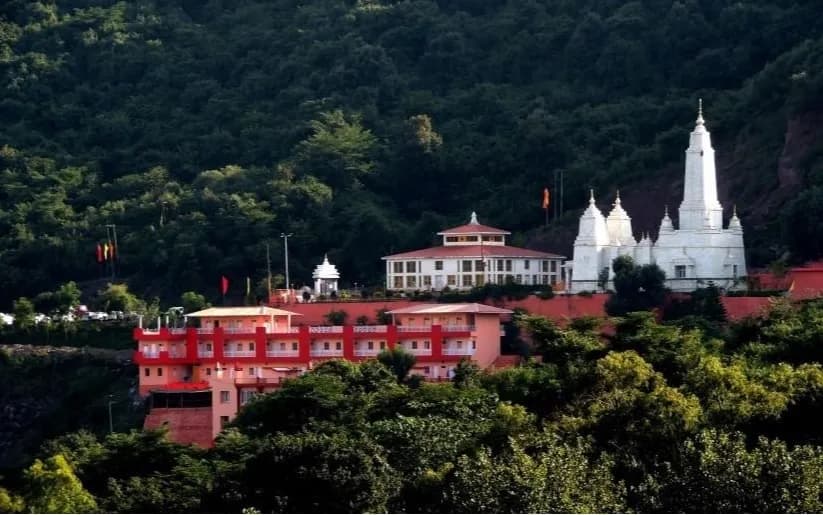
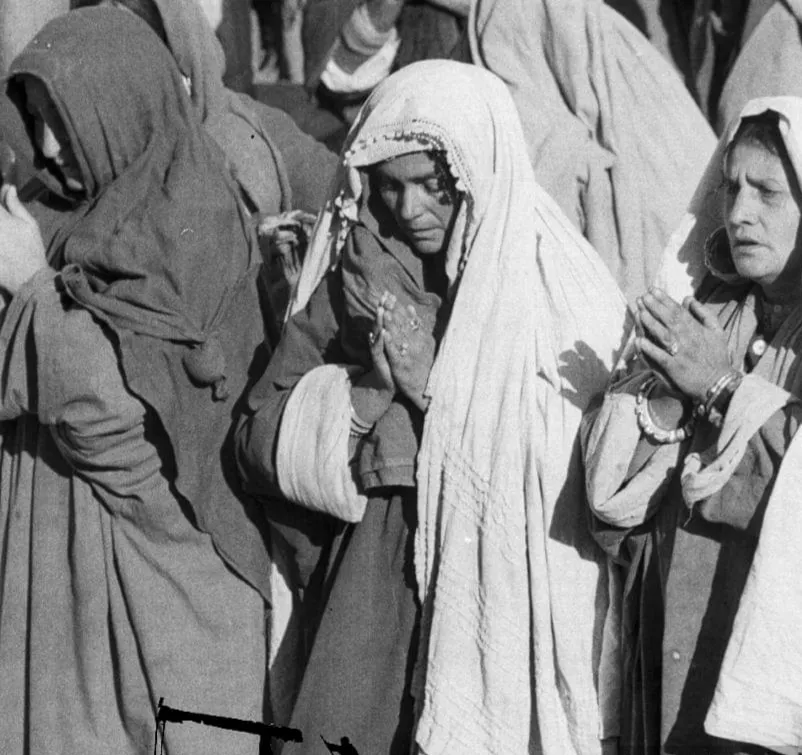
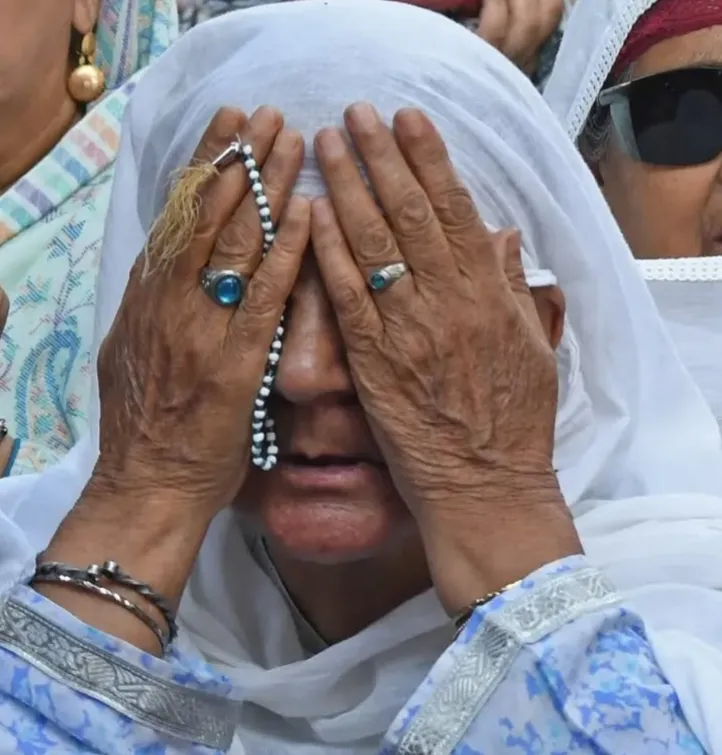
Rhythm of Seasons & Festivals in Pahari Tribe
In highlands seasons are more than weather and adds to their way of life by manifolds. Each change in the sky and earth brings new colours, smells and sounds and with them joyful festivals. Spring is welcomed with Baisakhi and Chaitra Navratri, celebrating harvest and new beginnings. Summer invites Harela in Uttarakhand, when people plant saplings and pray for greenery. In Himachal, Minjar marks the ripening of maize and is celebrated with folk dances and flower offerings.
Autumn brings the glow of Diwali and Dussehra, where village temples come alive with music and drama. In Kashmir, the saffron harvest coincides with Eid and Urs (fair at Dargah) blending faith and fragrance. Winter though harsh is warmed by festivals like Lohri, Magha Saaji and Losar in Buddhist regions, which mark the end of the agricultural year and call for prayers, fire and feasting.
Each festival is tied to the land whether sowing seeds or lighting a fire and echoes the Pahari spirit of harmony with nature. Songs, fairs and shared meals weave communities together, turning simple seasons into grand celebrations.
